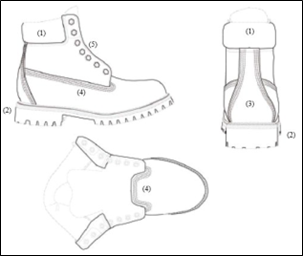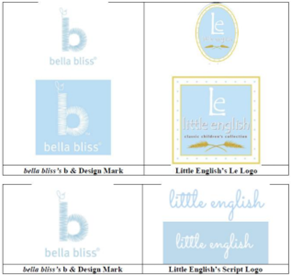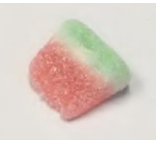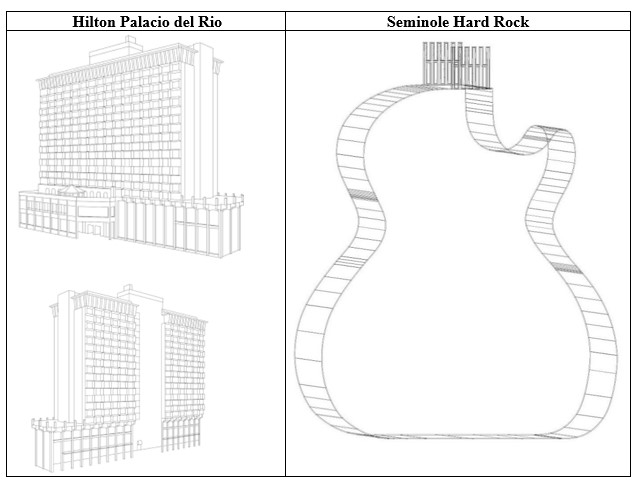The US Court of Appeals for the Federal Circuit addressed a wide array of issues in a long-running dispute over shower curtain technology. The Court provided important guidance on patent claim scope using intrinsic evidence, trademark standing and ownership of the mark in issue, trade dress functionality under TrafFix, and the need for district courts to provide a reviewable explanation when issuing patent infringement summary judgment based on the facts of this case. Focus Products Grp. Int’l, LLC v. Kartri Sales Co., Inc., Case No. 23-1446 (Fed Cir. Sept. 30, 2025) (Moore, Clevenger, Chen, JJ.)
The decade-long dispute started when Focus Products sent a cease-and-desist letter to Kartri Sales and its supplier, Marquis Mills International. The letter asserted patent infringement but was largely ignored. Focus Products then filed suit asserting three utility patents, two trademarks (HOOKLESS® and EZ ON), and unregistered trade dress rights in the appearance of its shower curtains.
Four months after the Supreme Court’s 2017 decision in TC Heartland v. Kraft Foods Group Brands, Kartri raised a venue objection and filed a motion to dismiss or transfer venue. The district court denied the motion, finding it to be unreasonably late, especially considering that Kartri actively conducted litigation after TC Heartland.
The district court construed several disputed claim terms. Based on its constructions, it found no triable issue of fact and granted summary judgment of patent infringement to Focus Products. However, the district court found genuine disputes of material fact regarding trademark and trade dress infringement and ordered a bench trial on those issues.
On the eve of trial, Kartri asserted unclean hands and equitable estoppel defenses. The district court denied these defenses because they were improperly raised for the first time immediately preceding trial.
After a bench trial, the district court held that:
- Focus Products had standing to enforce the unregistered EZ ON mark.
- Kartri infringed the mark and Focus Products’ trade dress, which was determined to be nonfunctional.
- Kartri infringed Focus Products’ HOOKLESS® mark.
Accordingly, the district court awarded lost profits, reasonable royalties, attorneys’ fees, and enhanced damages for willful infringement. Kartri appealed.
The Federal Circuit affirmed the district court’s denial of Kartri’s motion to transfer venue under TC Heartland, finding Kartri’s objection untimely. Kartri waited four months after TC Heartland to raise the issue, during which time discovery had progressed significantly. The Court emphasized that venue objections must be raised seasonably and that continued litigation in the chosen forum may constitute forfeiture.
The Federal Circuit largely reversed the district court’s infringement findings, explaining that the district court erred in its claim construction because Focus Products had disclaimed shower rings with a flat upper edge during prosecution. While an affirmative disclaimer usually originates from the patent applicant, the Court found clear and unmistakable disavowal through the applicant’s acquiescence to the examiner’s species election, claim cancellation, and narrowed claim scope. This disclaimer was reinforced by the prosecution of a related asserted patent, which explicitly claimed the disclaimed feature. A patentee cannot try [...]
Continue Reading
read more


 Subscribe
Subscribe






